Premium Only Content
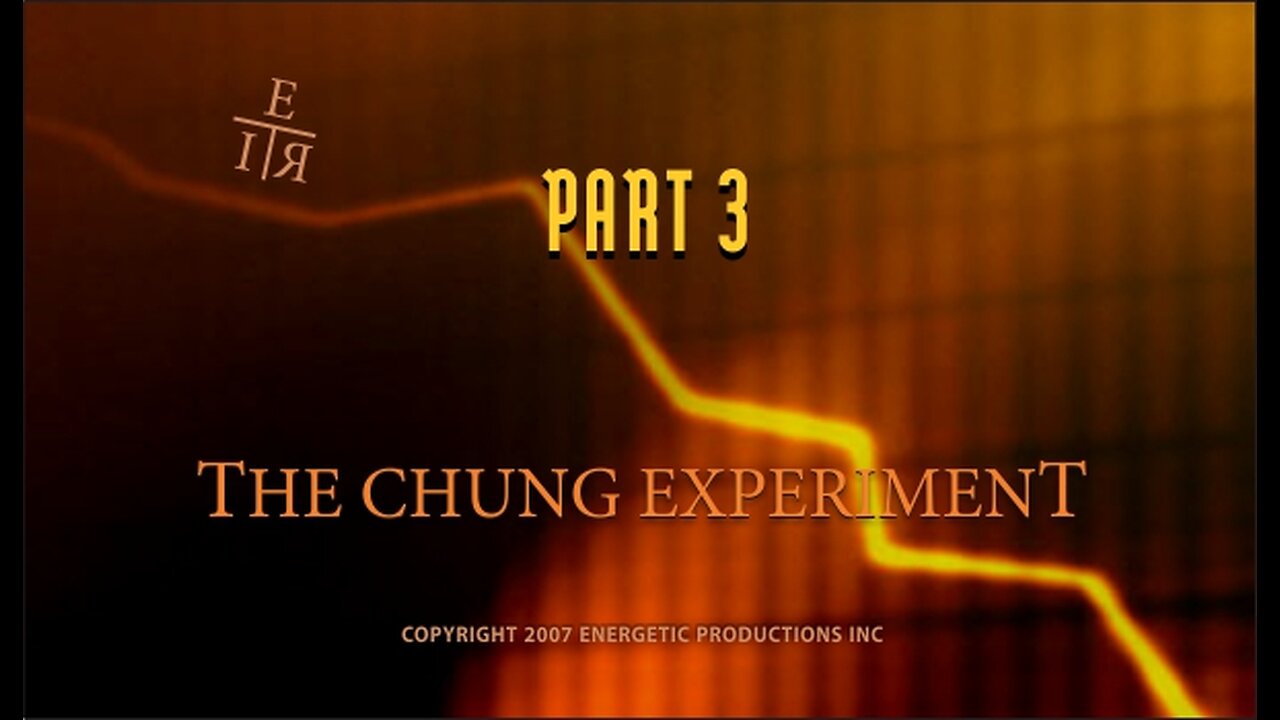
Energy From The Vacuum 03 - The Chung Experiment (2007)
In a July 9, 1998 keynote address at the Fifth International Conference on Composites Engineering in Las Vegas, Dr. Deborah D. L. Chung, professor of Mechanical and Aerospace Engineering at University at Buffalo (UB), reported that she had observed apparent negative resistance in interfaces between layers of carbon fibers in a composite material. Professor Chung holds the Niagara Mohawk Chair in Materials Research at UB and is internationally recognized for her work in smart materials and carbon composites. The apparent negative resistance was observed in a direction perpendicular to the fiber layers.
A paper describing the research was published by Chung in a peer-reviewed journal, and a patent application was filed by the University.
Several negative articles appeared quickly in the popular scientific press. Conventional scientists were quickly quoted as proclaiming that negative resistance was against the laws of physics and thermodynamics. Others thought perhaps the UB researchers had made a little battery and were unaware of it.
Professor Chung, who has a Doctorate from Massachusetts Institute of Technology, is the leading “smart materials” scientist in this country, and a scientist of international reputation. Her team tested the negative resistance effect thoroughly for a year in thelaboratory. If there is a team in this country anywhere qualified to test a negative resistance effect in carbon materials, it is Professor Chung and her team at UB.
In an Energetic Productions LLC exclusive, Professor Chung discusses on camera for the first time how this invention works, and she demonstrates its performance under various conditions with co-inventor Dr. Shoukai Wang. In addition, she candidly answers questions posed to her by the interviewers.
Later on in the film we also get to learn a bit more about Deborah Chung, the person, one of the first four women to graduate from California Institute of Technology.
Part 3 in the Series poses some interesting questions, which may well be related to new concepts presented in Parts 1 and 2. It is also extremely fertile ground for experimenters, as the construction of the invention is easily reproducible.
-
 1:13:25
1:13:25
Lt. Col. Thomas Bearden Files
6 months agoEnergy From The Vacuum 11A – Howard Johnson Lab Notes (2009)
274 -
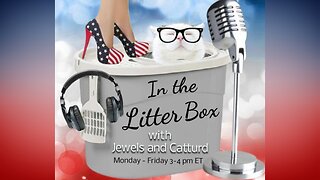 1:03:04
1:03:04
In The Litter Box w/ Jewels & Catturd
20 hours agoDemocrats Come Unglued | In the Litter Box w/ Jewels and Catturd Ep. 735 - 2/5/2025
37.5K20 -
 1:44:25
1:44:25
The Quartering
4 hours agoTrump Impeachment, Democrat Insurrection, Massive Scandal At Politico & DC Crash Update!
59.2K41 -
 LIVE
LIVE
Dr Disrespect
5 hours ago🔴LIVE - DR DISRESPECT - KINGDOM COME: DELIVERANCE 2 - FIRST IMPRESSION
3,265 watching -
 37:54
37:54
CryptoWendyO
3 hours ago $0.20 earnedBEST DAY IN CRYPTO HISTORY
5.36K1 -
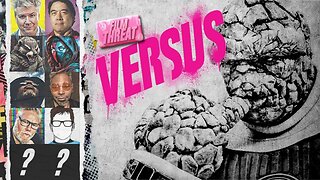 LIVE
LIVE
Film Threat
8 hours agoVERSUS: FANTASTIC FOUR + CAPTAIN AMERICA + QUENTIN TARANTINO'S EPIC RANT | Film Threat Versus
143 watching -
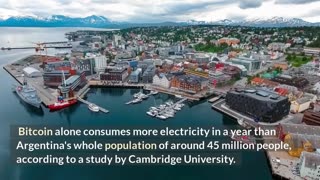 9:06
9:06
CryptoWrld
12 hours ago $1.00 earnedHow Nonprofits Use Blockchain Tech
16.3K2 -
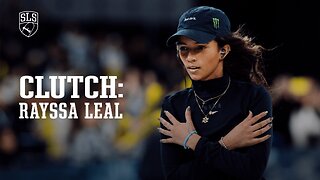 16:38
16:38
SLS - Street League Skateboarding
15 days agoRayssa Leal's Most Clutch SLS Wins Ever! 🥶🏆
92.2K4 -
 1:06:29
1:06:29
Russell Brand
6 hours agoGaza Takeover? Trump’s Bold Plan Sparks Global Outrage – SF532
133K264 -
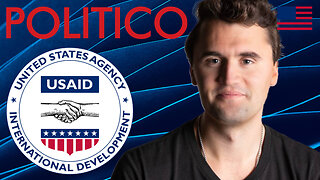 1:57:32
1:57:32
The Charlie Kirk Show
5 hours agoGaza Thoughts + DOGE The Destroyer | Sen. Schmitt, Benz | 2.5.2025
139K31